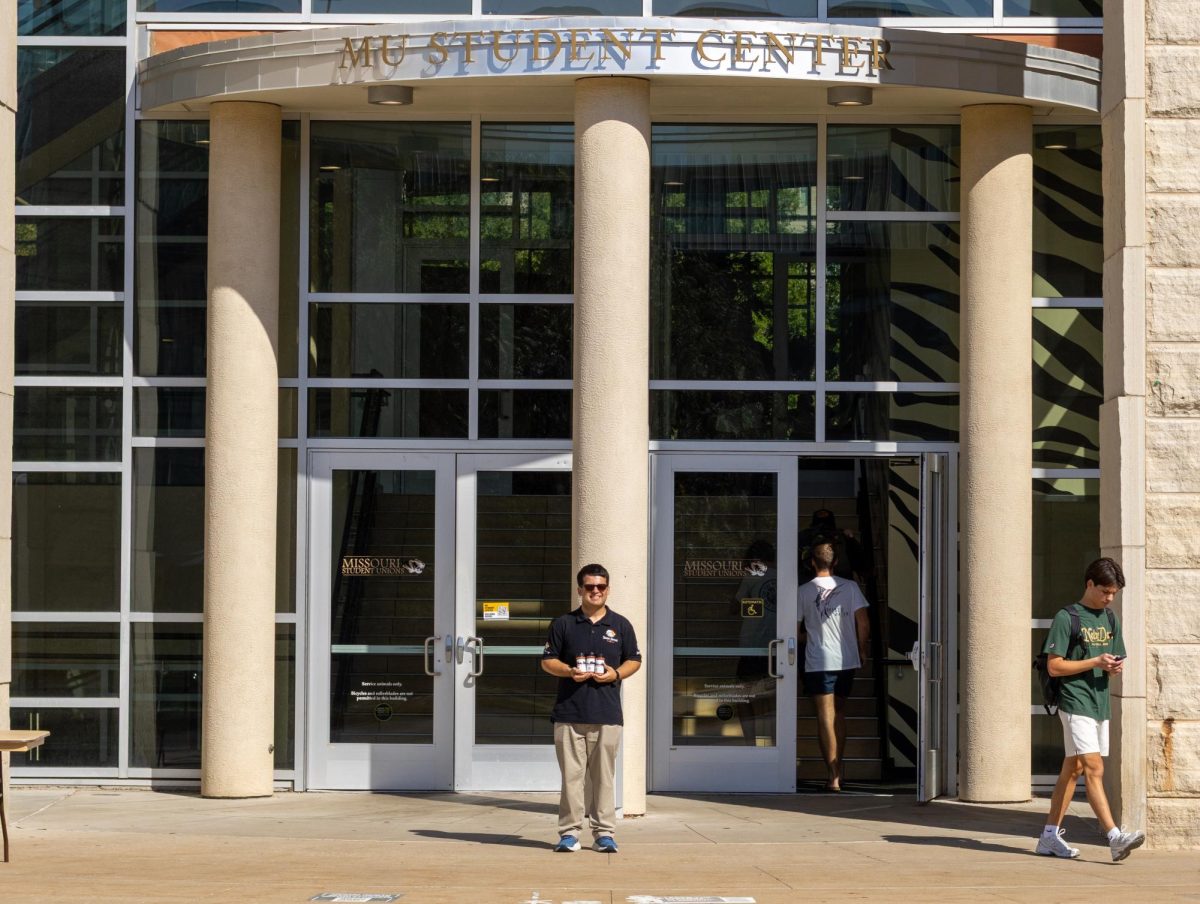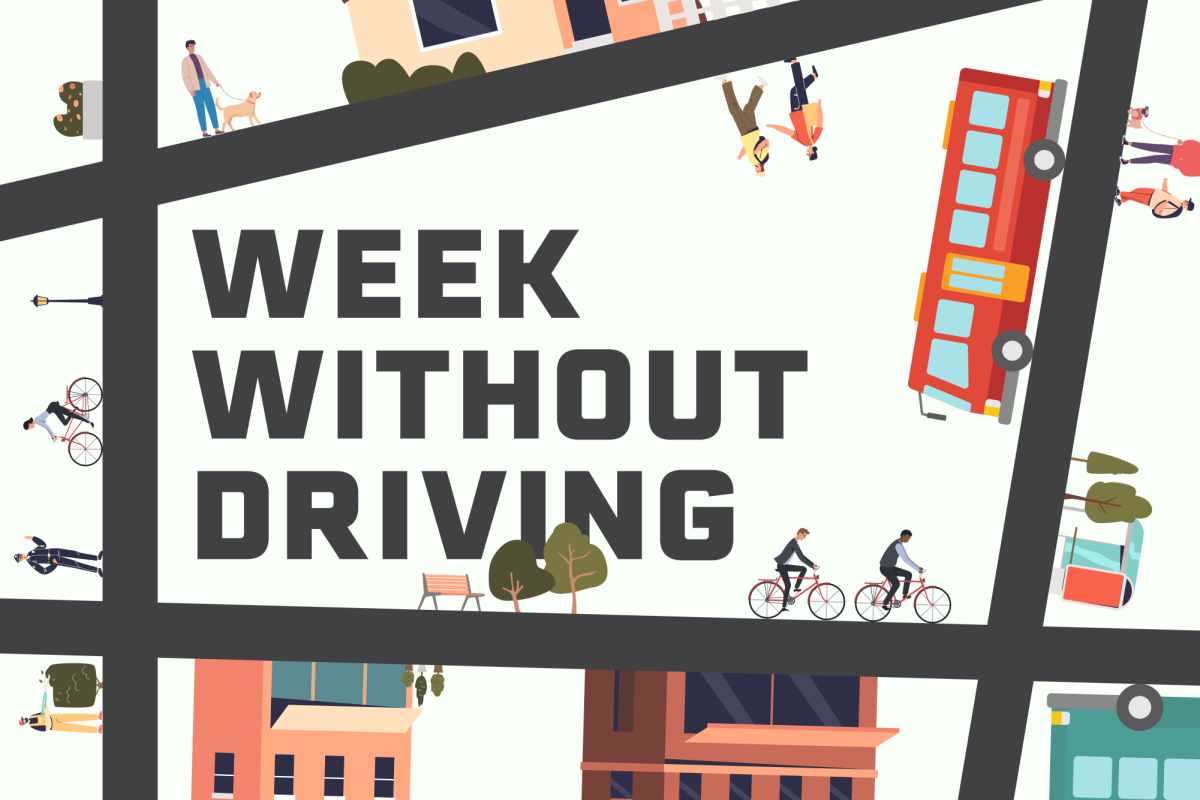While working for NASA, astronomy professor Linda Godwin transported cargo to astronauts staying at the International Space Station, conducted research in shuttle laboratories and learned how truly beneficial Velcro can be when living in an environment without gravitational pulls.
“All the chores you do and all the things you do to keep your body going here we have to do up there,” Godwin said. “Everything’s floating so you lose things a lot. Velcro’s a big deal. Anything you don’t put away won’t be there if you turn your head.”
An MU graduate with a degree in physics and 30 years of experience in space exploration, Godwin returned to campus at the beginning of the fall semester as an educator. Her husband, Steven Nagel, who started his career with NASA in 1978, began teaching engineering this semester as well.
She said the field of space exploration is at a crossroads: Government funding is decreasing as commercial exploration is increasing. She said this should leave students interested in the field opportunities in the future.
“People use the analogy to the way airplanes have developed, but space flight is much, much more challenging and complex,” she said. “I think the challenge for the commercial industry is to figure out how they will make a profit, because in the end they’ll have to make a profit.”
In his four missions into space with a team, Nagel said he launched satellites, deployed a large observatory and completed two science missions. According to a news release, Nagel logged 723 hours in space in his career.
“They were big adventures,” he said. “I flew as a non-pilot on one mission and a pilot or commander on the other three.”
While in college, Godwin took pilot lessons and eventually received her license. She said her piloting skills were beneficial at the beginning of her astronaut career.
“It was a learning experience because I learned how you operate in certain situations and make decisions,” she said. “Sometimes that’s what NASA’s looking for.”
After her acceptance to NASA, Godwin said she went through extensive training to begin space missions. She said the training still did not prepare her for the overwhelming first experience aboard the spacecraft.
“You don’t really know how it’s going to feel,” she said. “I don’t even know how to describe it. The first time, I think there’s maybe a bit of surprise even though I planned for it, just how awkward doing a task is when you can’t keep things still. You really have to plan ahead whenever you’re going to do something.”
She said she remembers watching the earth as the spacecraft circled it once every 90 minutes on her last mission.
“Looking at the earth is awesome and you can’t envision it until one sees it for the first time,” she said. “The earth fills the window a couple hundred miles high. You see all that change and every time you go around you see the sun dip behind the planet and come back up, so every orbit you see the sun rising and setting.”
Nagel said his background in engineering with NASA helps him better communicate with his students now, and he said he tries to articulate that pursuing a career in space exploration takes dedication.
“I can certainly advise them on setting goals and persevering because, amazingly, that’s what it takes,” he said. “Once you get out there and do some things, it’s not really how smart you are but how hard you persevere.”







